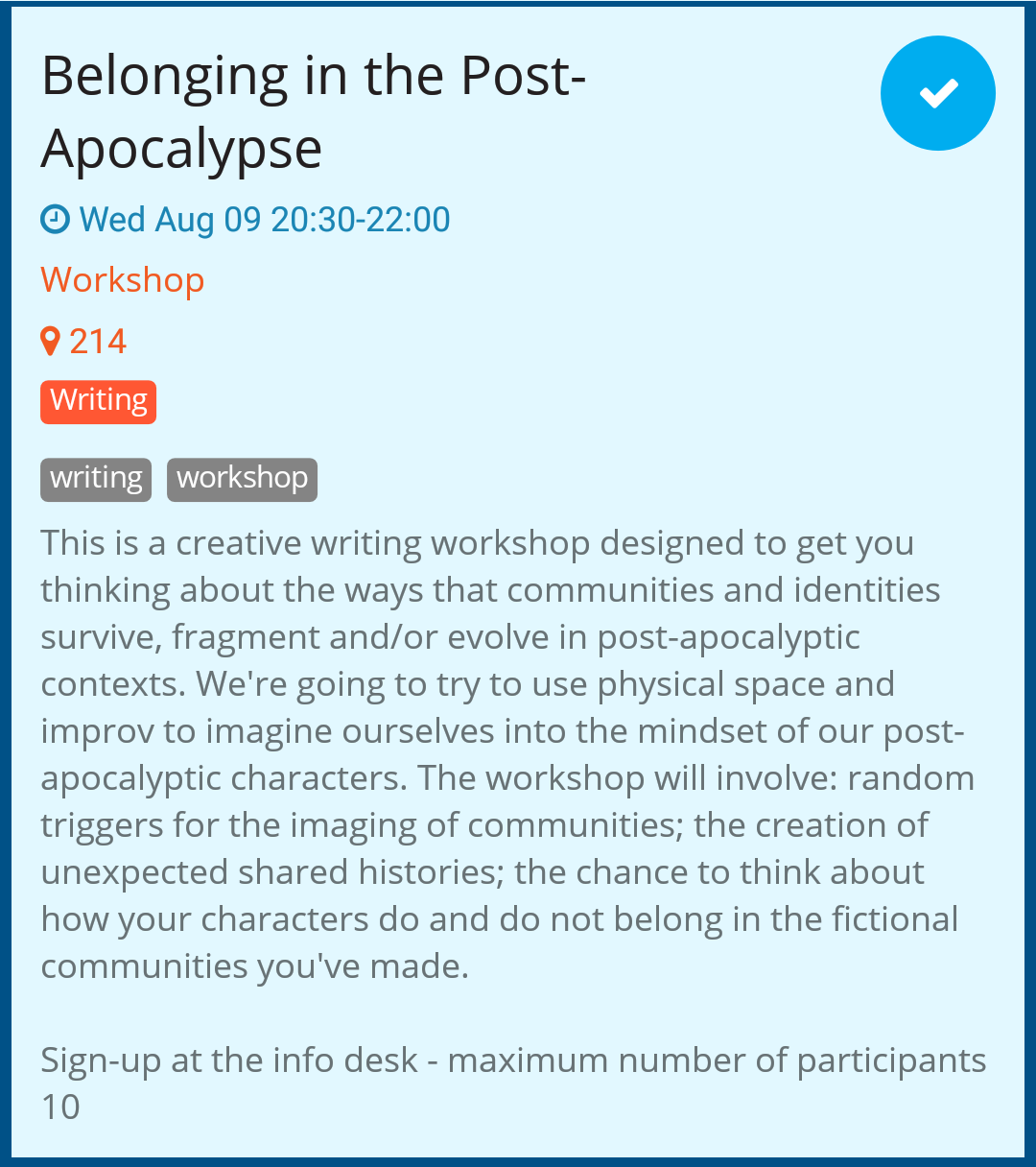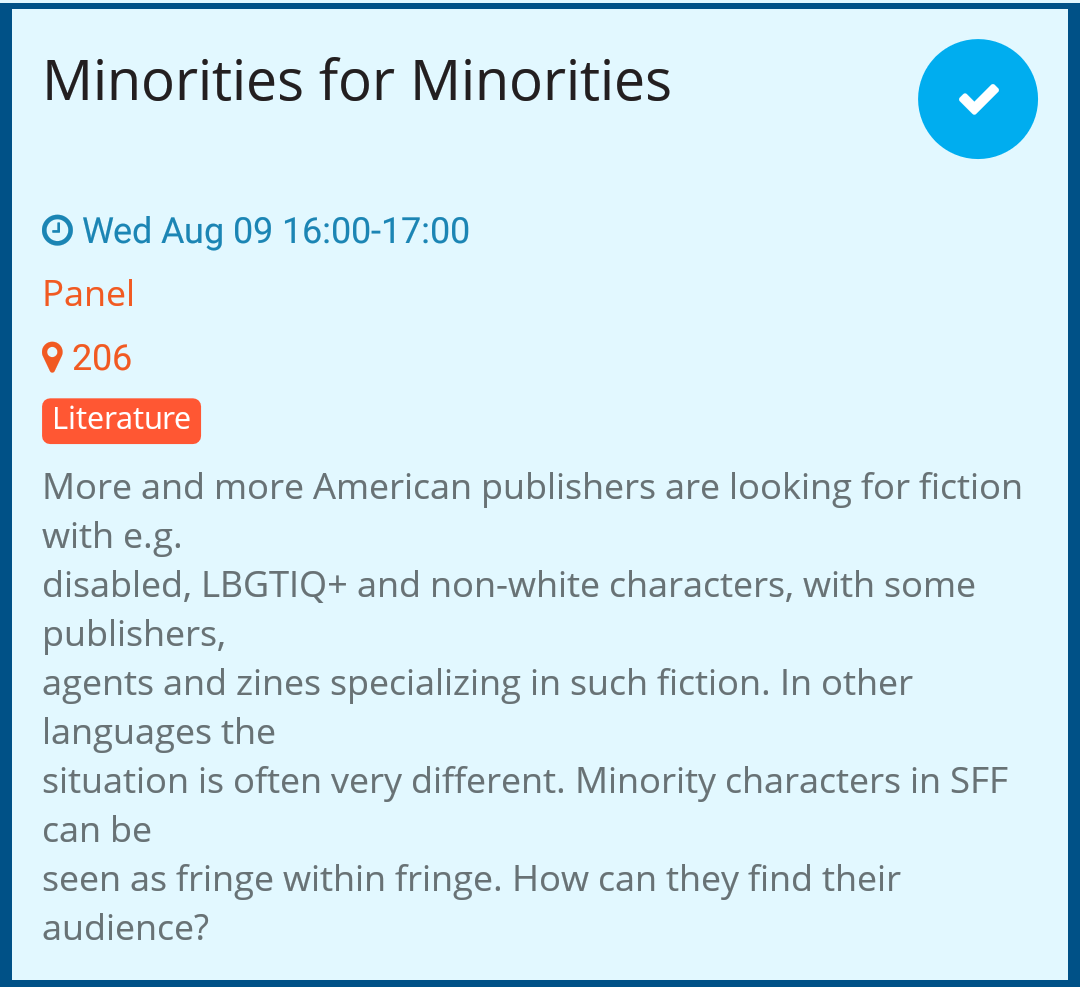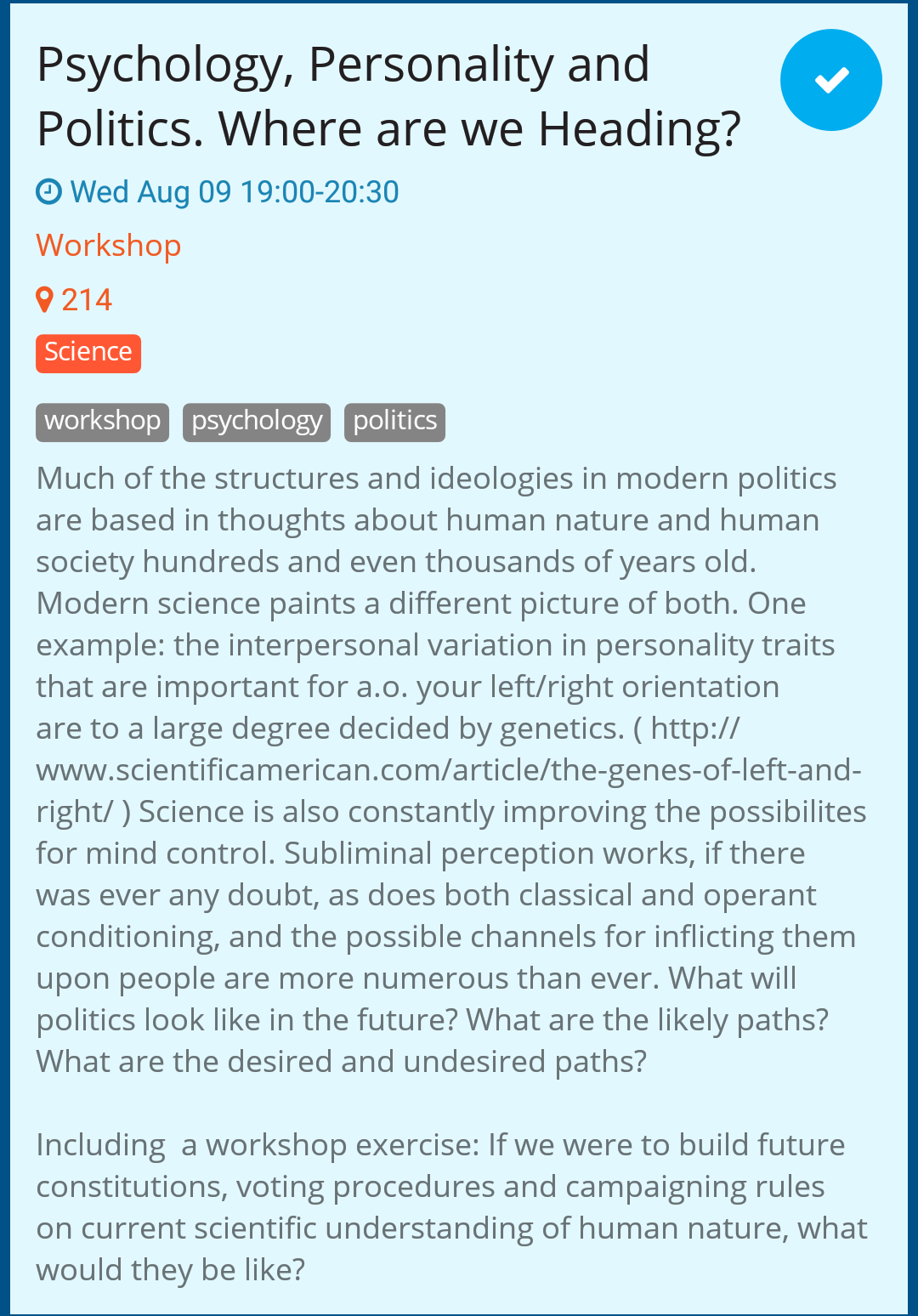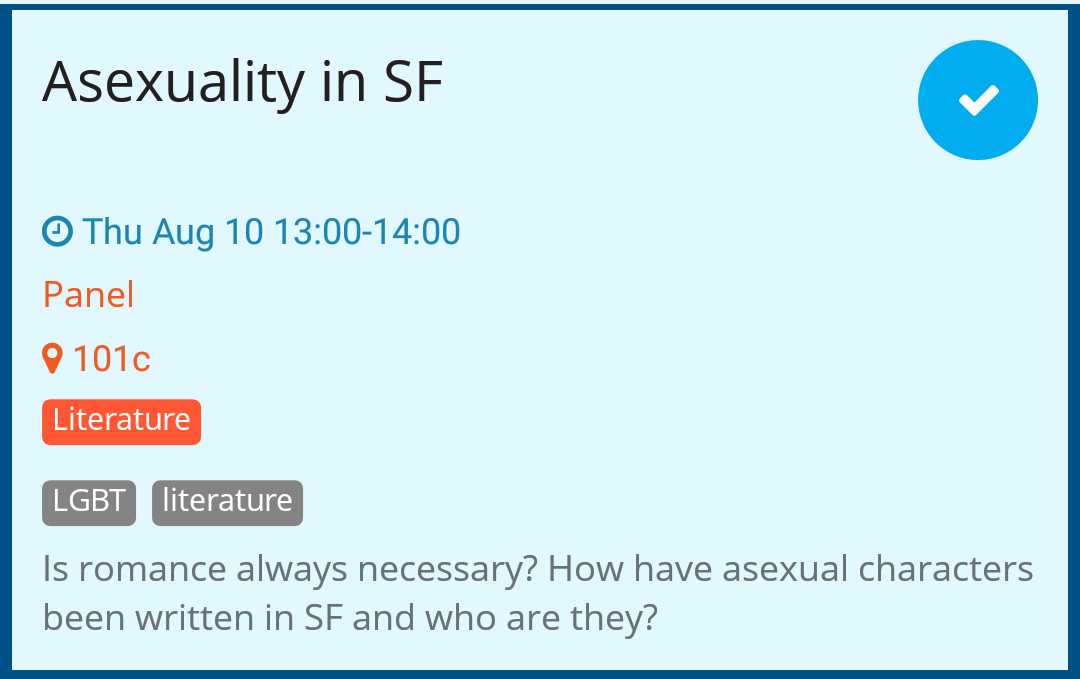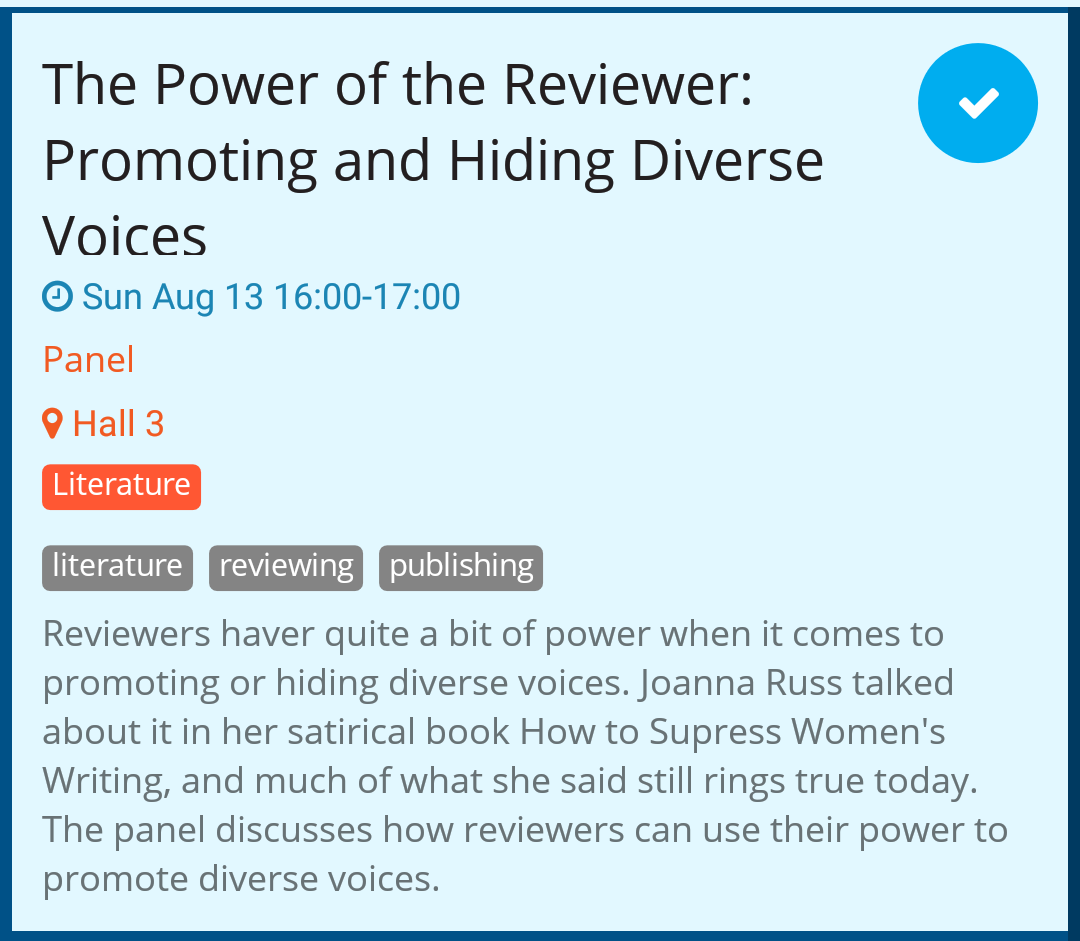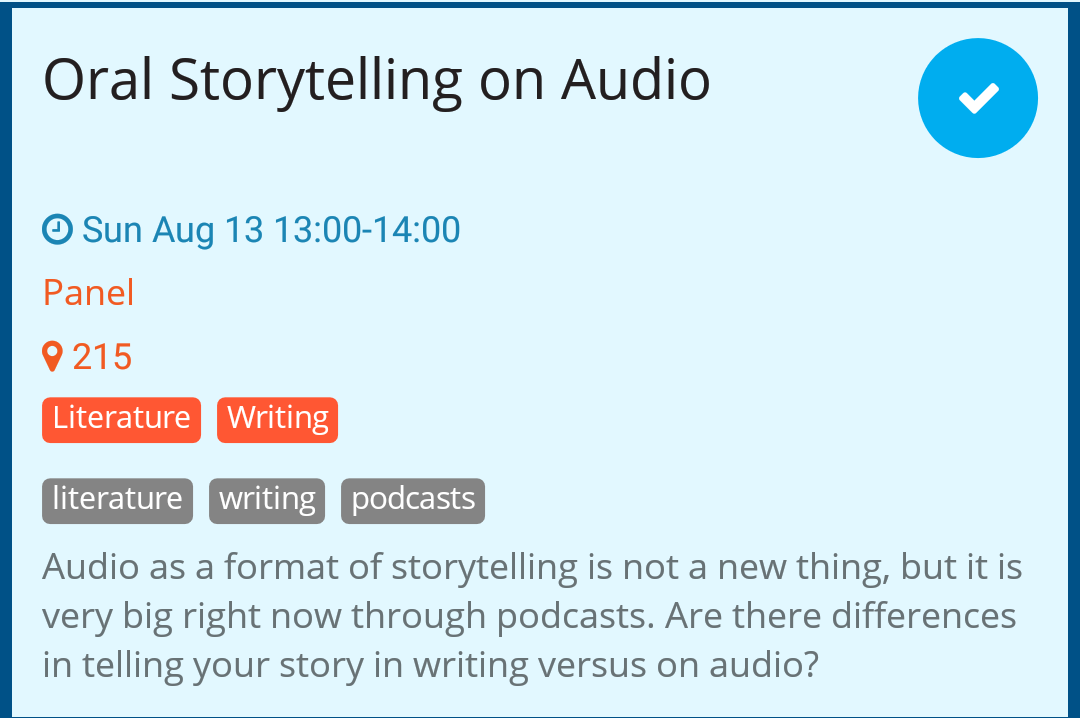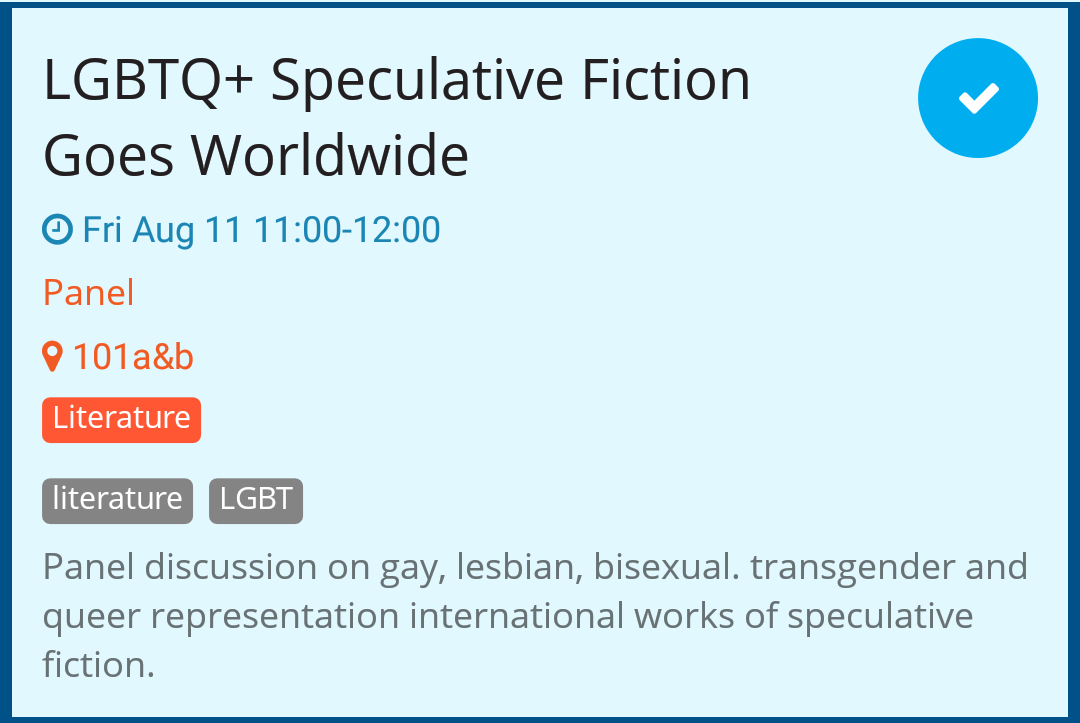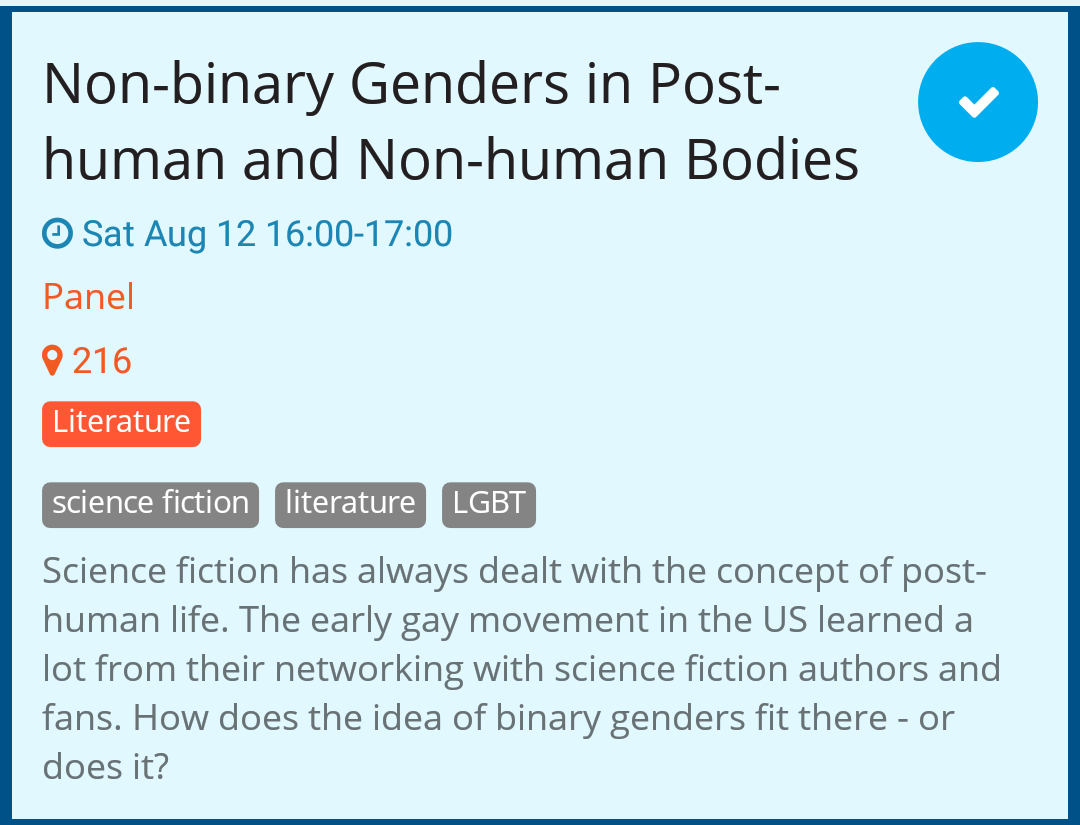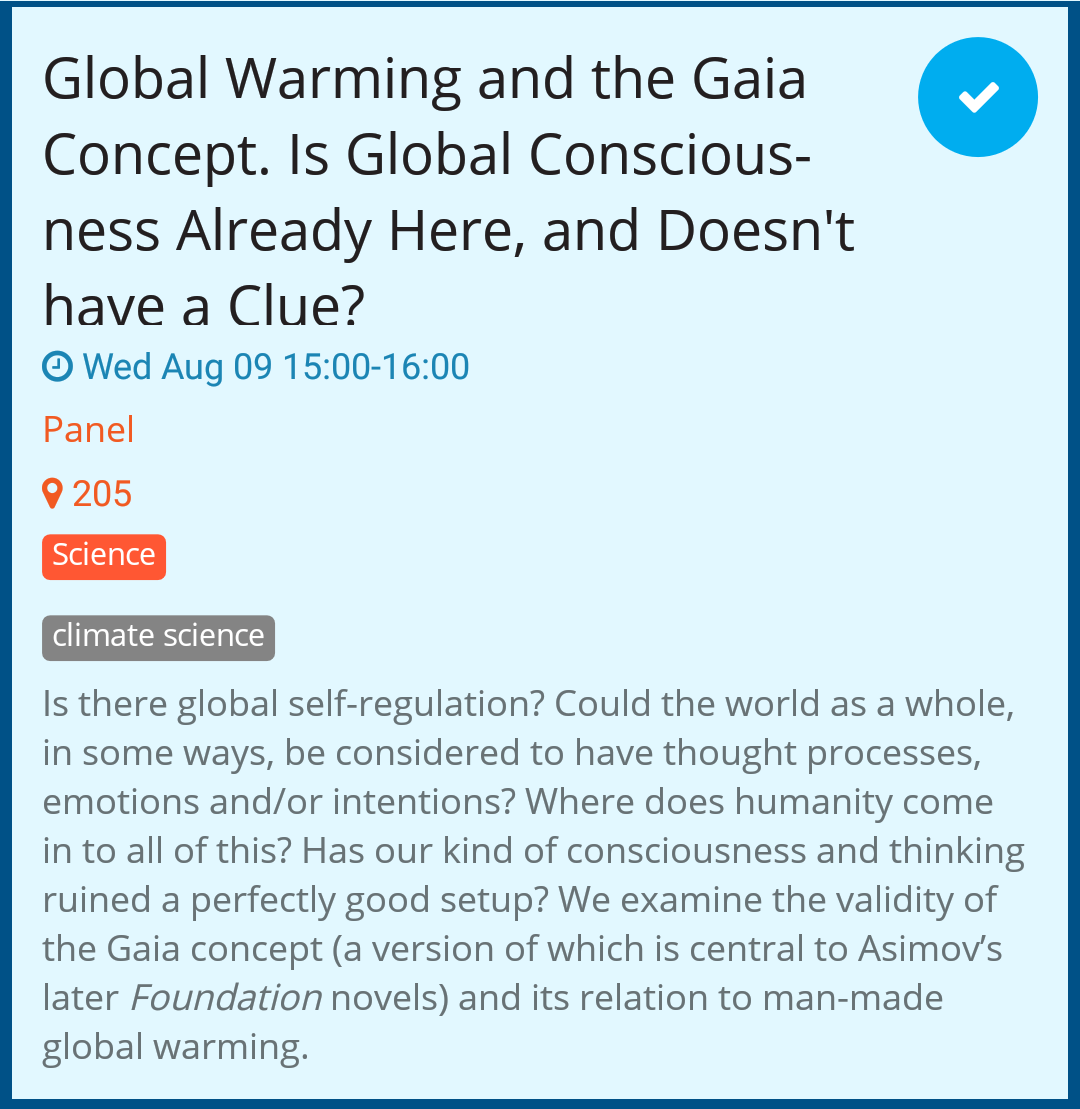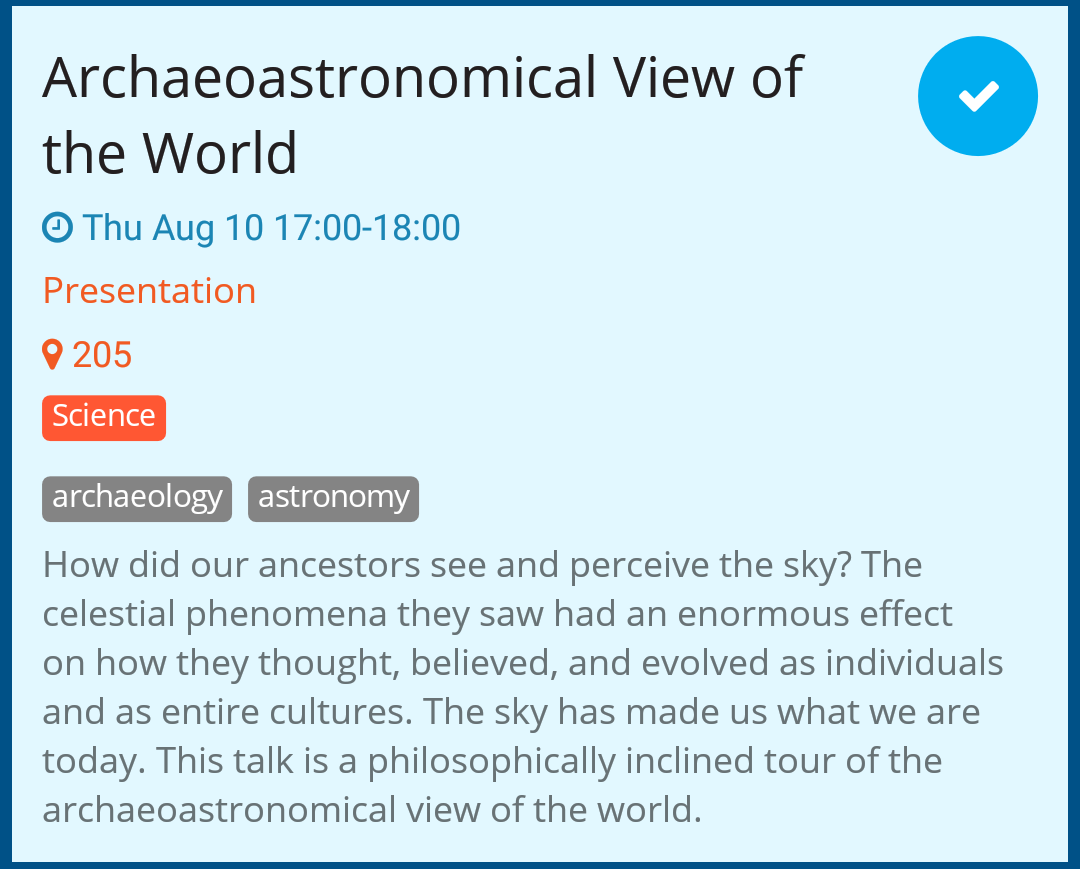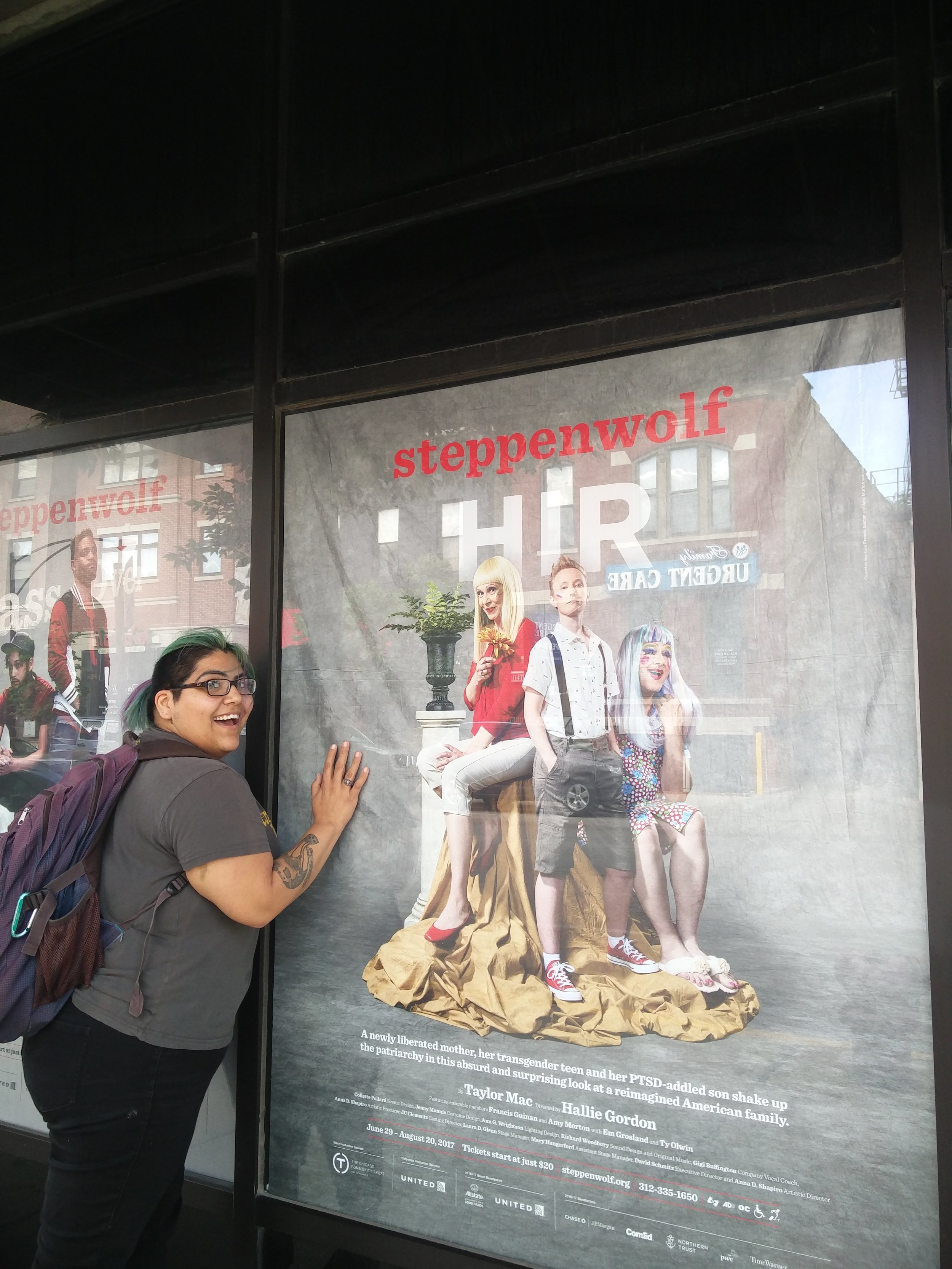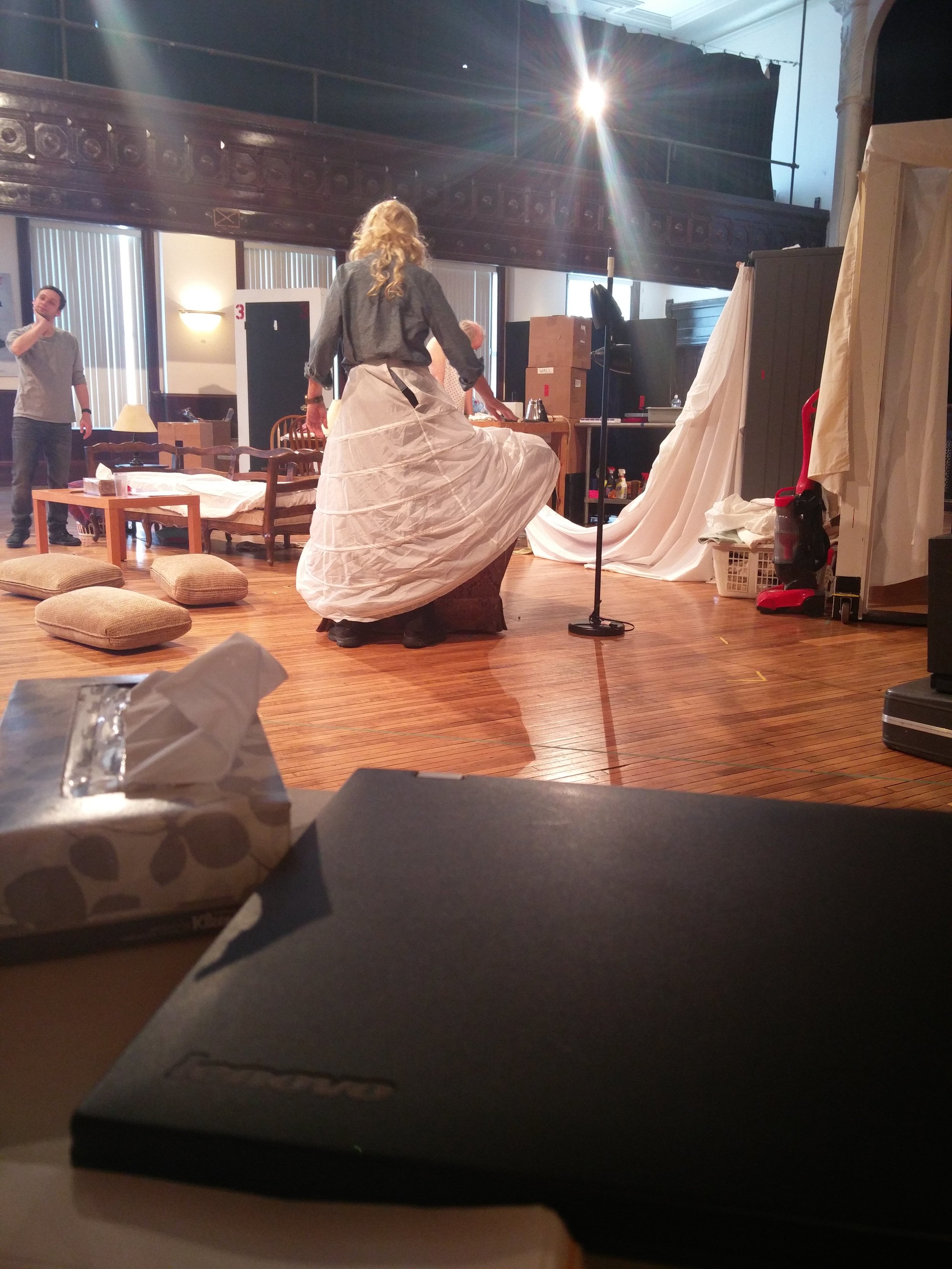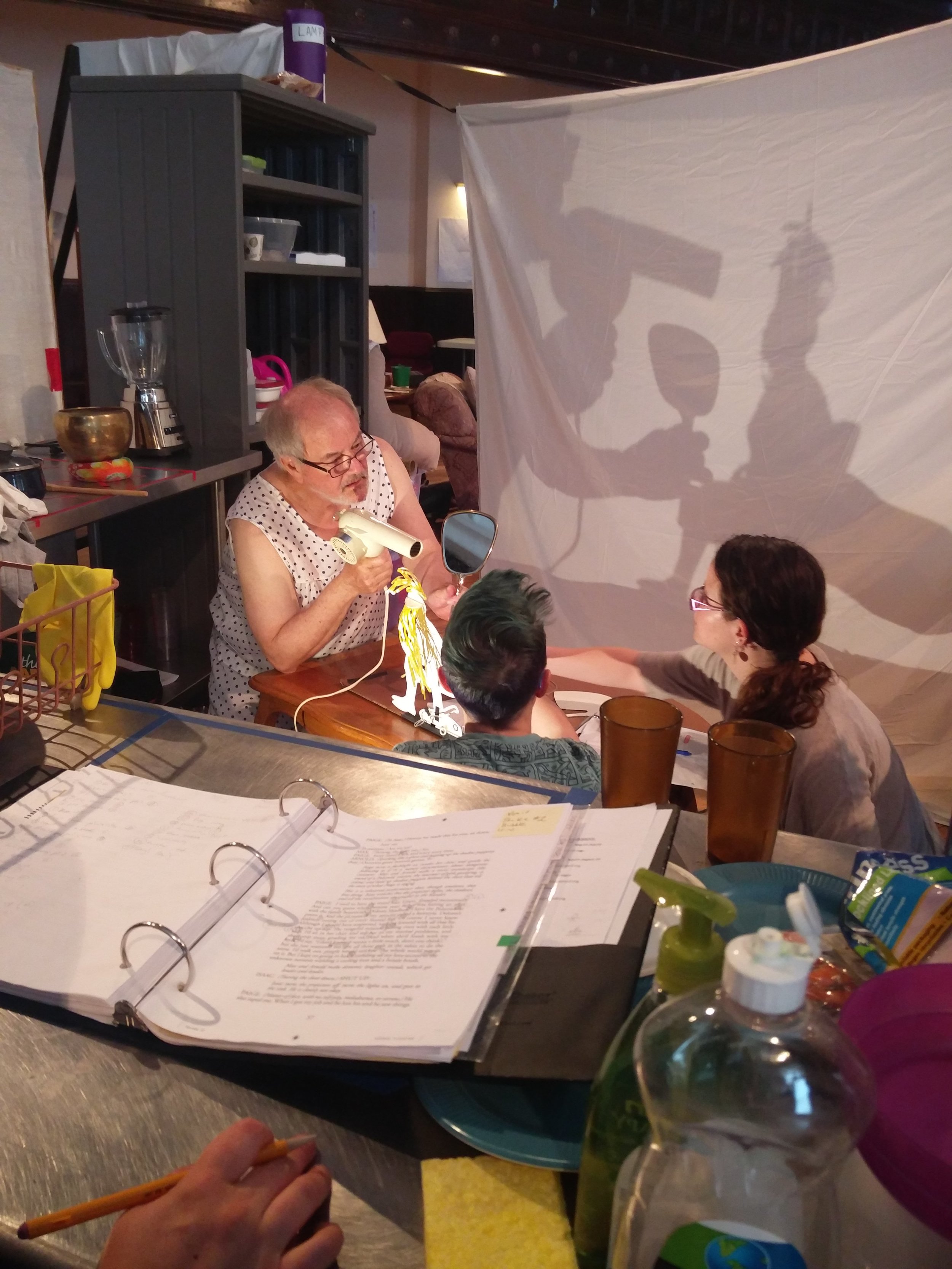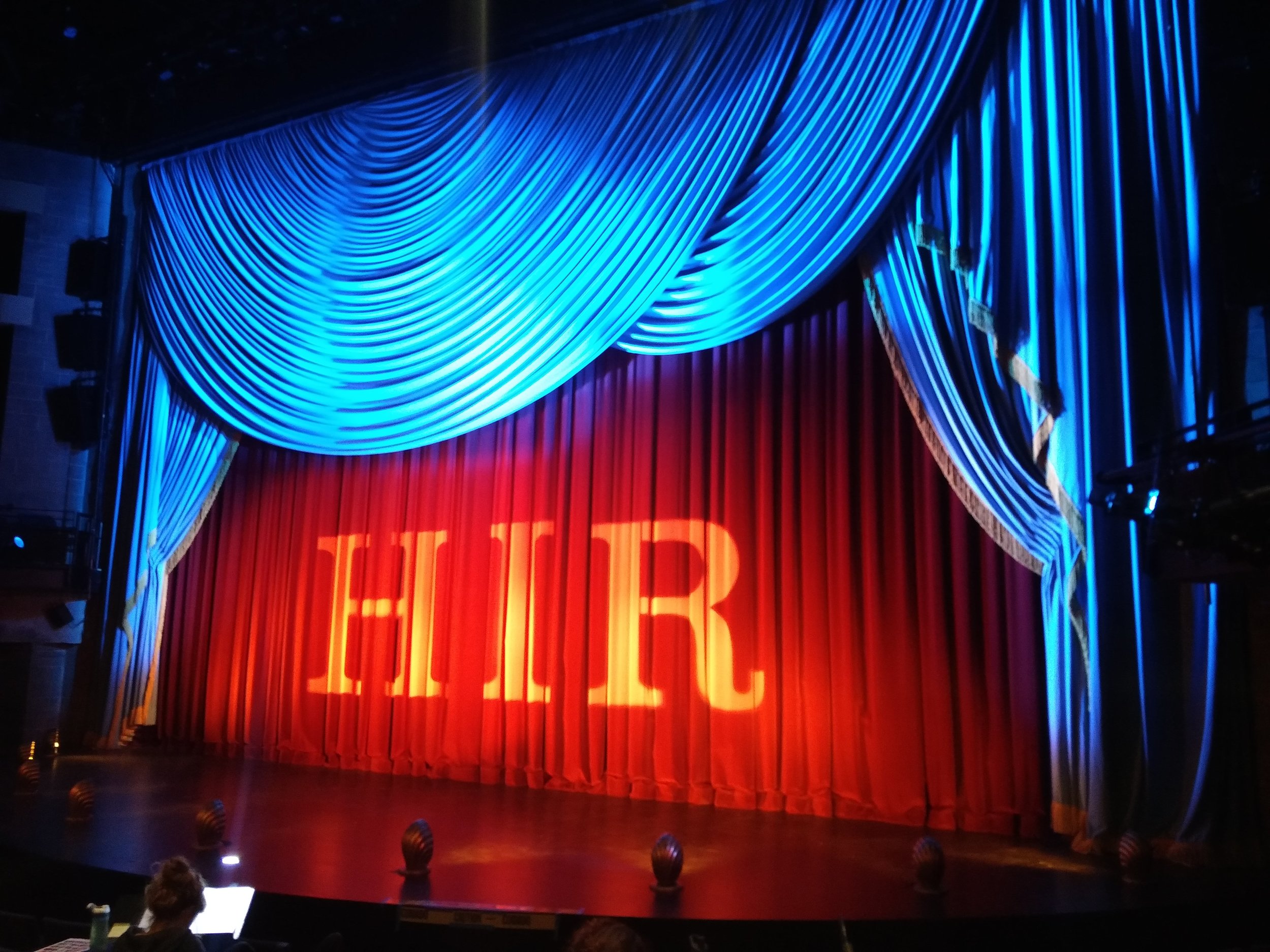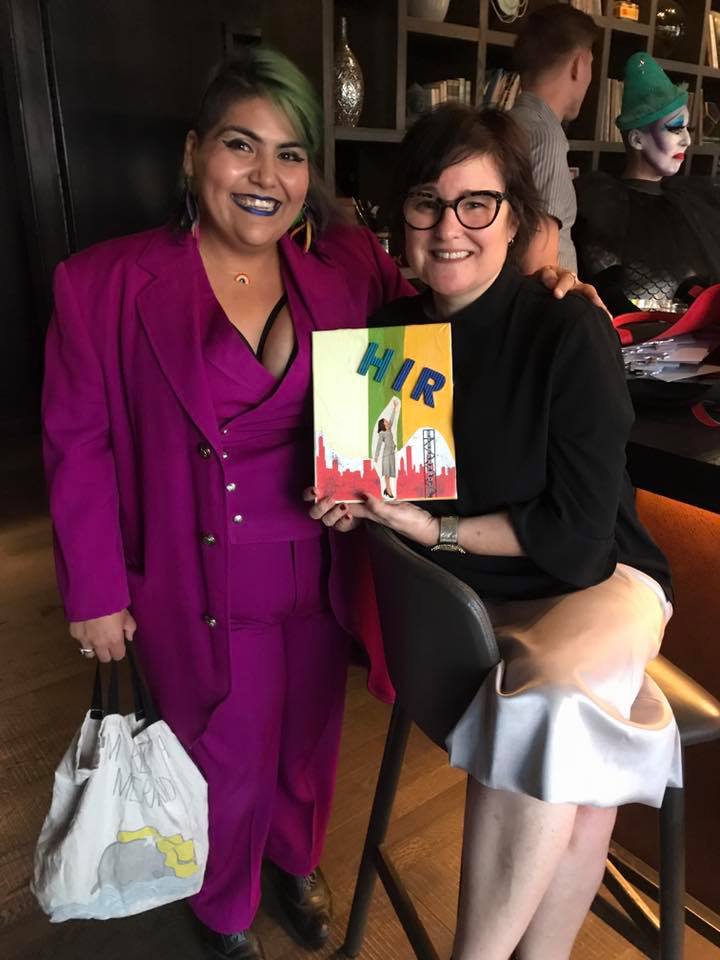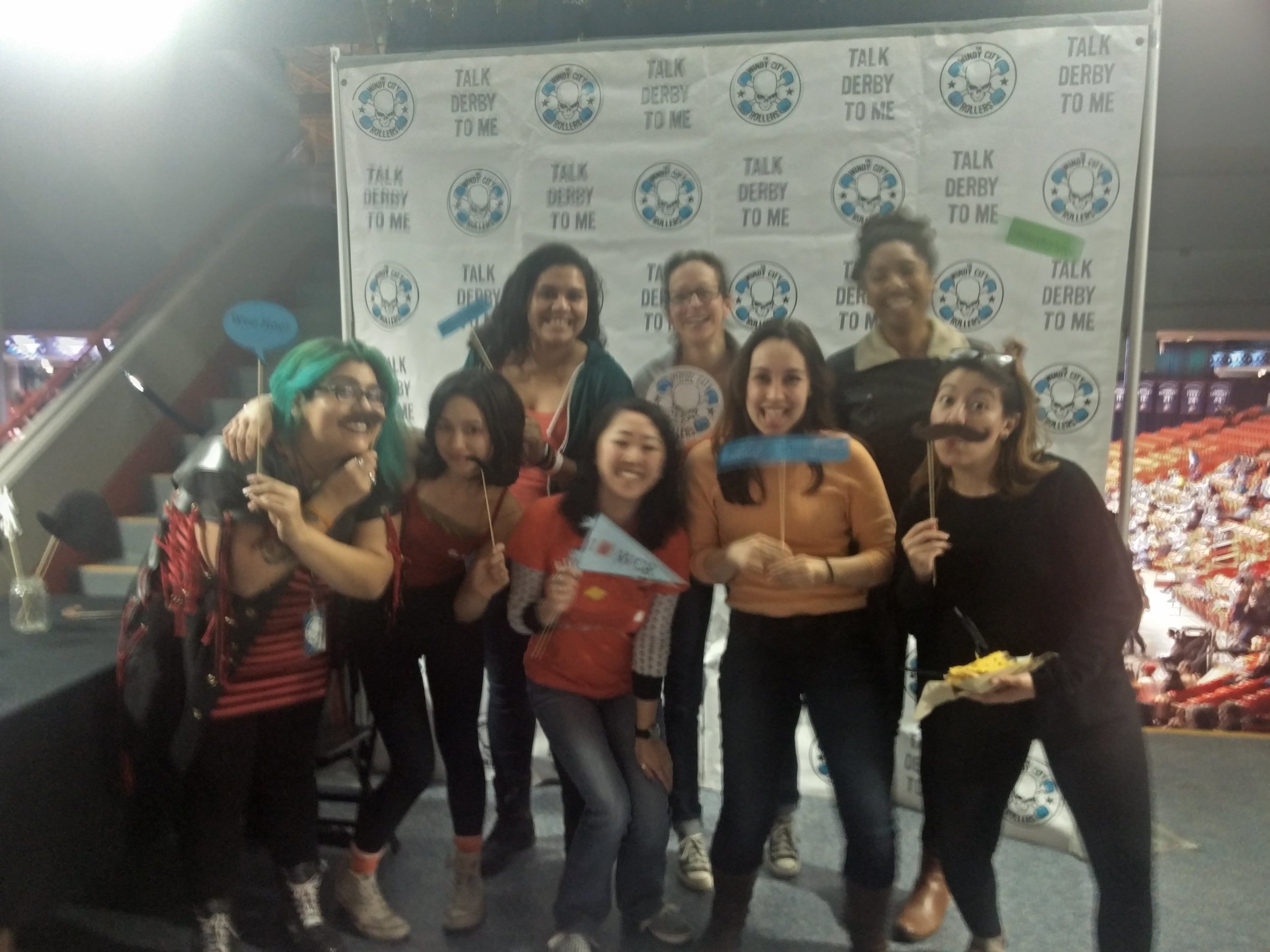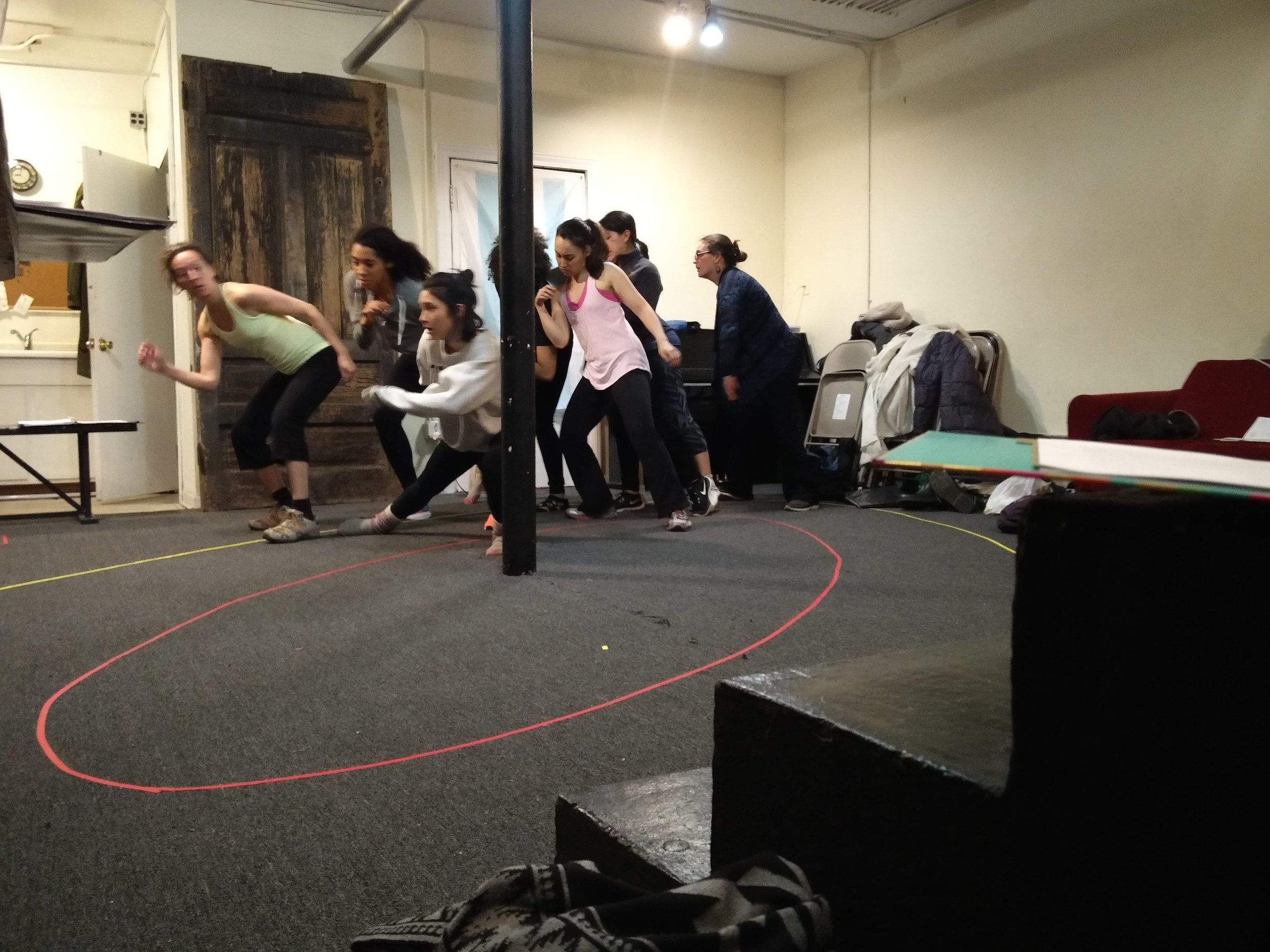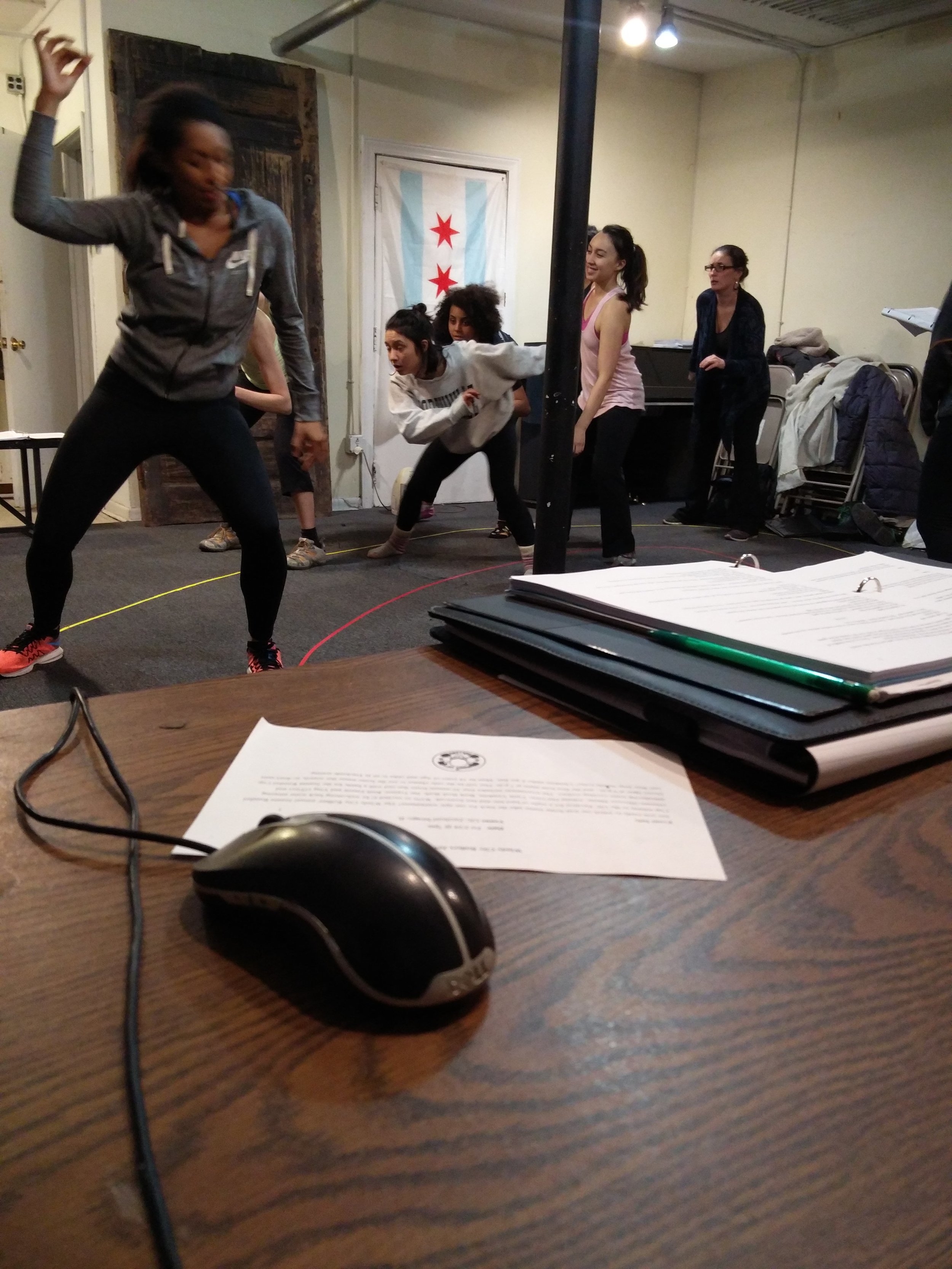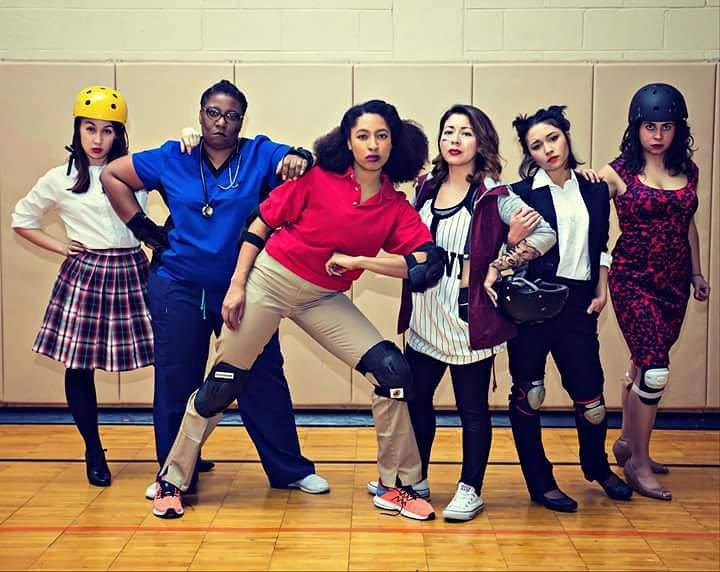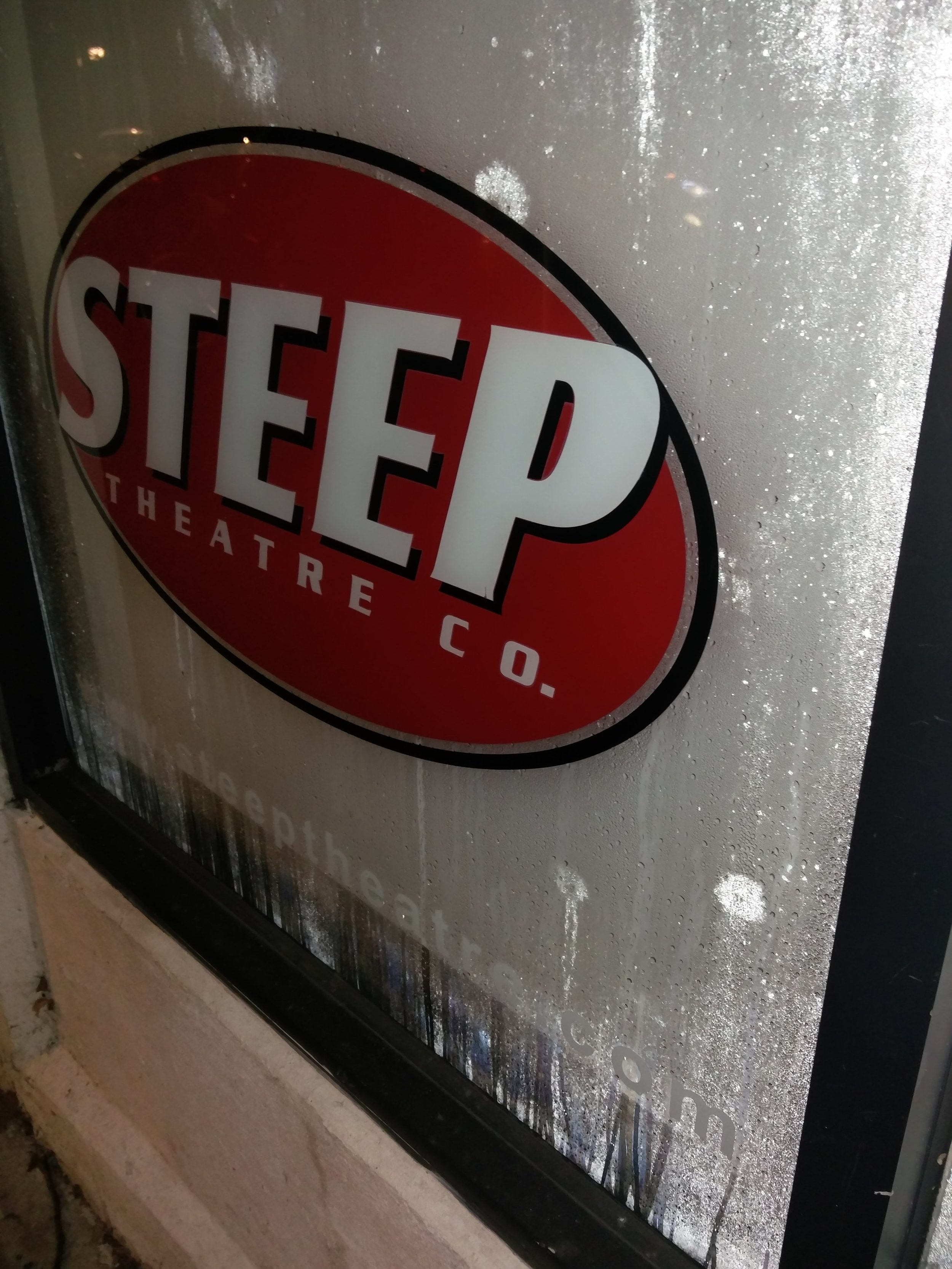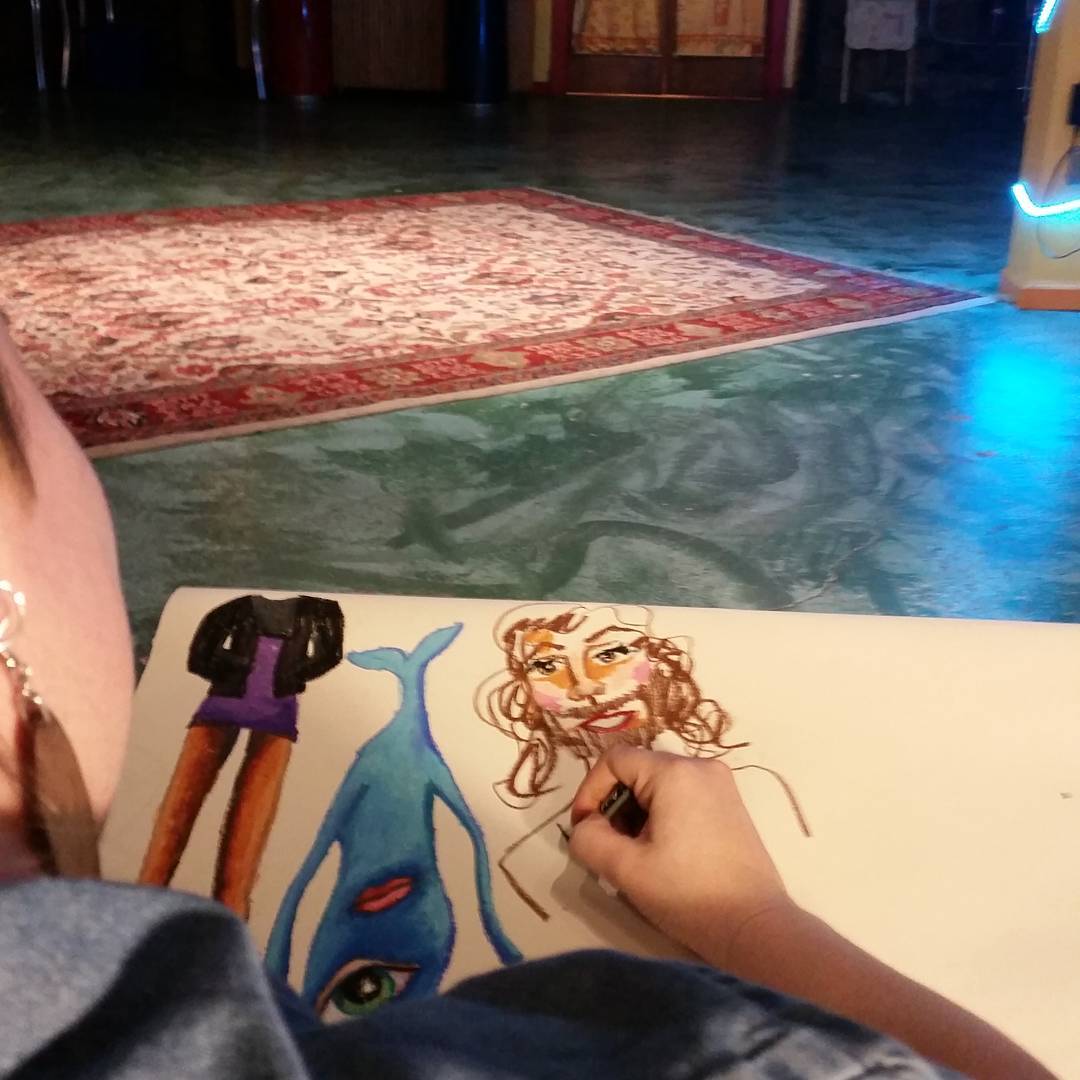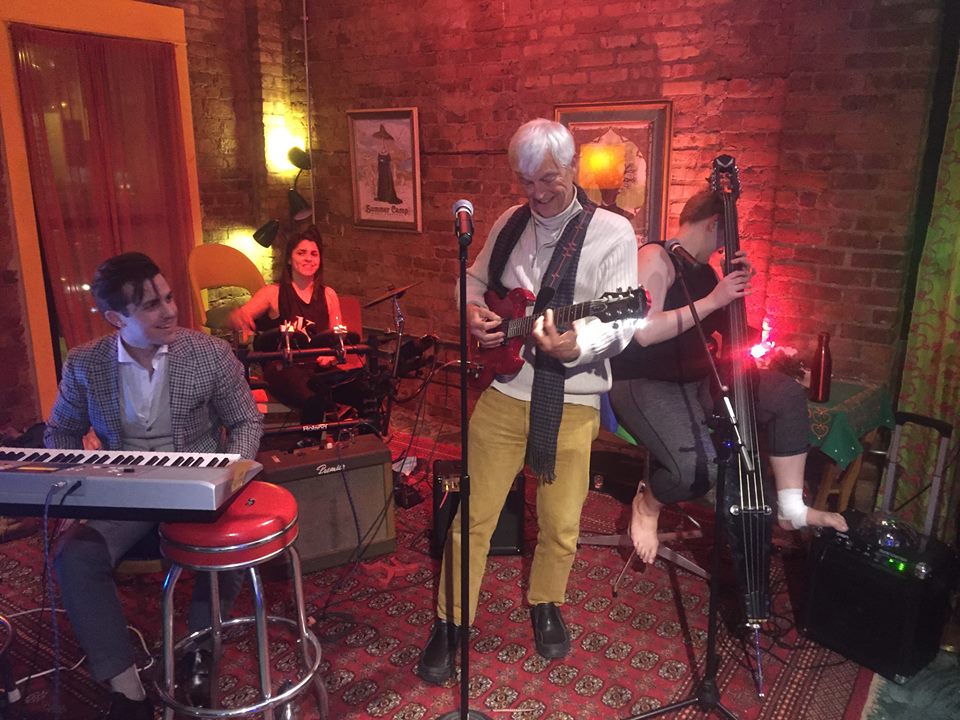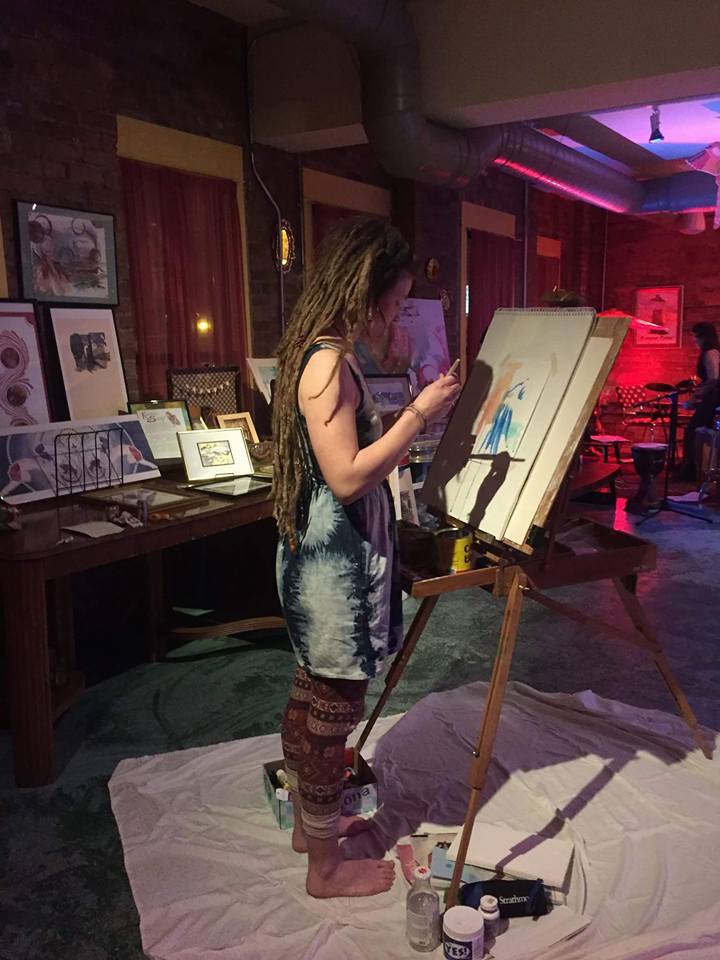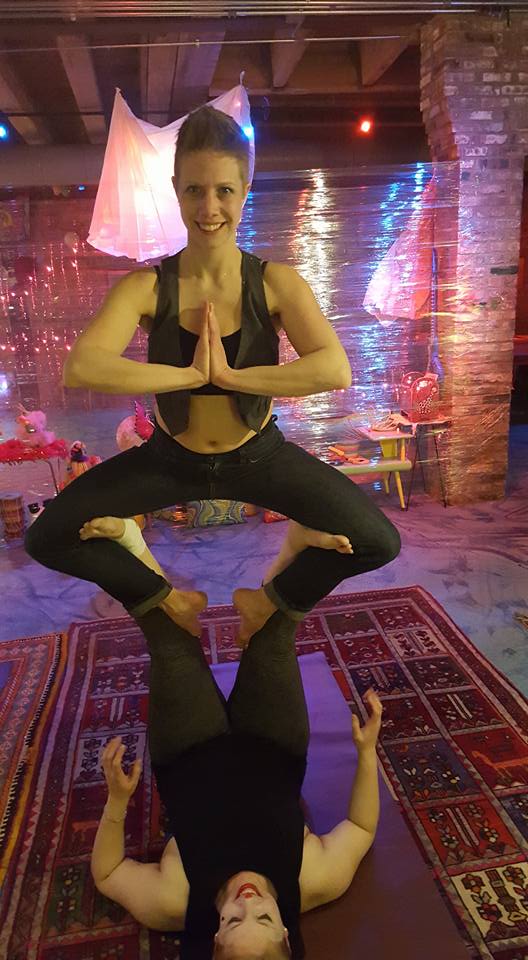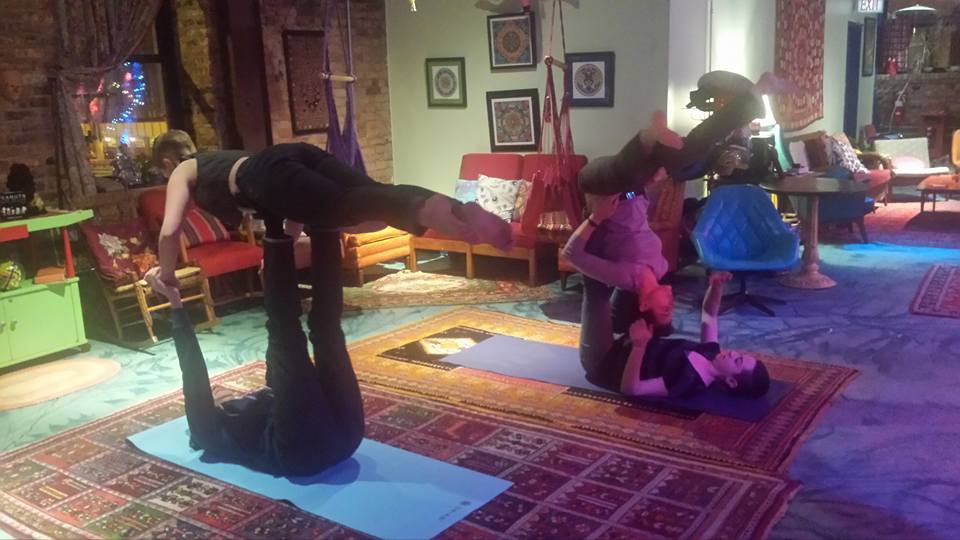Last week I attended the 75th annual World Science Fiction Convention in Helsinki, Finland. Worldcon is an international gathering of the science fiction and fantasy community. The first Worldcon was held in 1939, and, after a break during WWII, the event has been held annually since 1946, with the location changing each year.
Modern Worldcons are held over five days and are attended by thousands of members – over 6,000 people attended Worldcon 75. Attendees included writers, artists, fans, editors, publishers, academics and dealers, all with an interest in science fiction.
Worldcons are not just about the written word. Over the decades Worldcons have grown to embrace science fiction in all the forms in which it appears, including film, TV, art, comics, anime and manga, and gaming. Attending this convention as a theatre maker (though I have attended Harry Potter and Teen Wolf conventions and The MCM London Comic Con over the past 8 years) was fascinating. I was able to attend panels, workshops and presentations exploring things like diverse representation in fiction and media, collaborative concepts, devised performance, and the science behind climate change and it's implications on the future. All of these topics serve to inform my work and my creative process.
Some of the most immediately relevant sessions I attended were those relating to climate change, and humanity's perceptions of the natural world at different points in our history. As I prepare to join my colleague Jack for an international, Climate Change focused devising workshop in London next week, as well as work towards producing a Climate Change Theatre Action in Chicago in November, these conversations were both informative and inspiring. Speculative fiction and fantasy writers have been imagining a post-Anthropocene world for a long time. Chats with and presentations by scientific researchers, anthropologists, historians and novelists have proved to be some of the most valuable research I have done for this project. I look forward to how they will inform our work with the CCTA.
Another fantastic experience at Worldcon was a workshop I attended led by playwright Tajinder Singh Hayer. Over the course of the workshop we devised possible post-apocalyptic scenarios, and the social, political, and cultural implications of chemical, biological, and warfare related disasters on characters and narrative. The folks I was devising with were a retired parole officer and an astrophysicist. It was fascinating to see how our different experiences and knowledge bases affected the story and characters of our fictional world.
Worldcon, though not explicitly marketed toward theatre practitioners, is a really wonderful opportunity for networking and professional and artistic development. I would definitely recommend checking out next year's Worldcon in San Jose, CA, or in two years in Dublin, Ireland!





